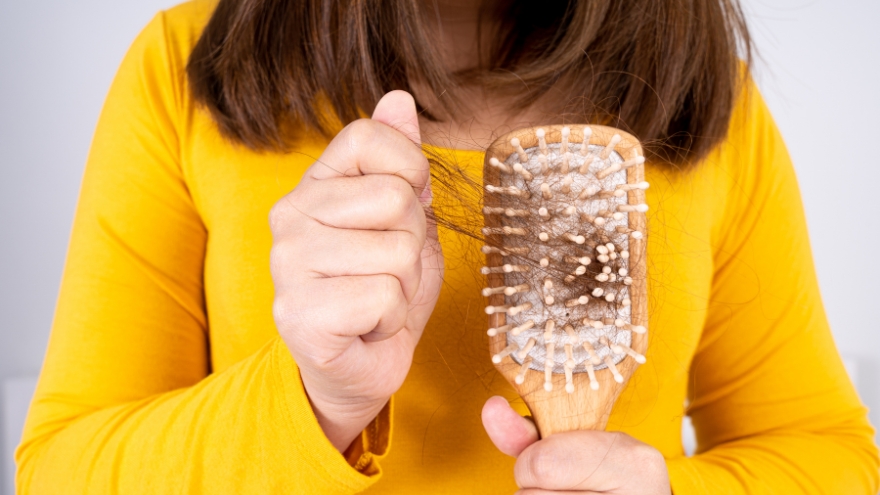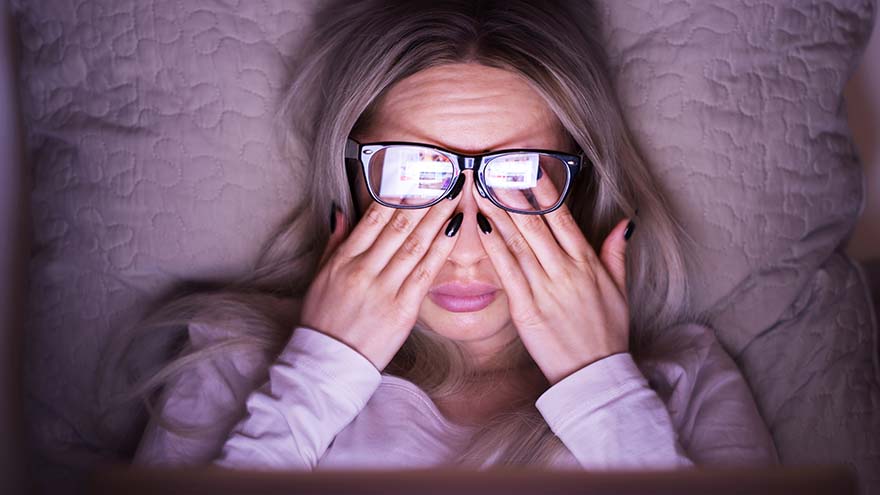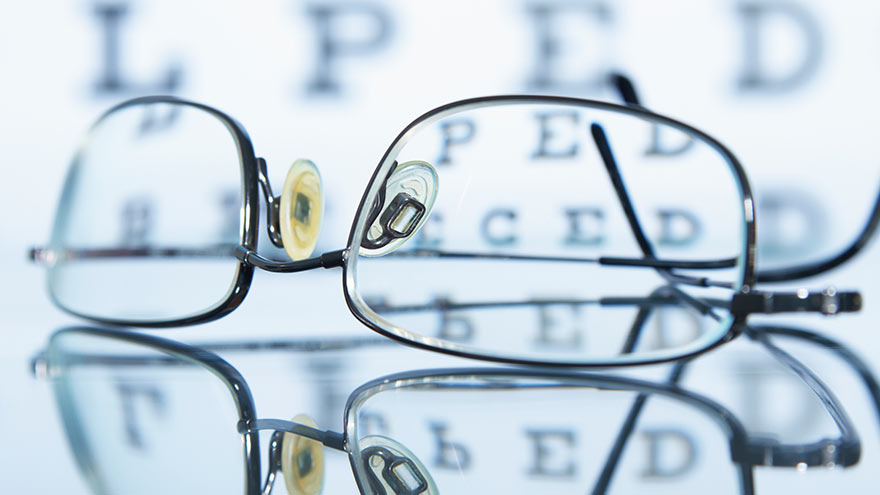Search
-
Why Is My Hair Falling Out? Alopecia Explained
Hair is often considered a symbol of identity and self-expression, from scalps and eyebrows to beards and bodies. But what happens when this symbol starts to fall out? The 6.7 million people across the country living with alopecia know this feeling all too well. Alopecia, or hair loss, is a medical condition with variable causes, presentations and treatments. Experts at Renown Health dive into the world of alopecia, its causes and how to address it – especially as we embrace National Alopecia Awareness Month this September. Types of Alopecia The term “alopecia” is a broad umbrella term that encompasses many different forms of hair loss that can present itself at any age, no matter your gender or ethnicity. The most common types include: Alopecia Areata: An autoimmune disorder where the immune system targets hair follicles, typically resulting in patches of hair loss on the scalp and/or other body parts. More severe forms of alopecia areata also exist, such as alopecia totalis and alopecia universalis. Androgenetic (or Androgenic) Alopecia: A disorder also known as male or female pattern baldness that causes gradual hair thinning and loss often around the temples and crown. Unlike alopecia areata, this form of alopecia is usually hereditary. Telogen Effluvium: A condition resulting in hair shedding, typically after high-stress or infectious events, such as after giving birth or after a COVID-19 infection. This usually resolves itself within a few months to a year. Traction Alopecia: Hair loss resulting from the effects of tight braiding or styling of the hair, which can cause permanent loss over time. Scarring and Inflammation-Mediated Hair Loss: Patterns of hair loss related to lupus, lichen planus or other autoimmune conditions that can unfortunately be permanent and progressive. Options to Treat Alopecia While there isn’t a cure for most types of alopecia, some treatments are available to help minimize the effects of the condition and promote hair growth. Treatment varies depending on the type of alopecia. Potential options can include: Topical Minoxidil: An FDA-approved over-the-counter medication available in foam or liquid form and applied directly to the scalp, which helps stimulate hair growth by increasing blood flow to hair follicles. Hormone Therapies: A hormone regimen that can help minimize the resulting hair thinning and balding. Corticosteroids: A topical cream or ointment – or an injection for severe cases – that help reduce inflammation and re-grow hair. Low-Level Laser Therapy: A therapeutic, non-invasive intervention involving wearing special caps or combs that release painless, low-level lasers to stimulate hair follicles. Healthy Diets and Nutritional Supplements: A diet rich in vitamins and minerals essential for hair health, such as biotin and collagen, can aid in recovery. Vitamin D and iron are also important hair growth nutrients. Stress Management: Stress can impact the speed and frequency of hair loss. Managing your stress can help mitigate the effects of alopecia. Treatment for alopecia is not a one-size-fits-all approach. A scalp skin biopsy may help determine a cause for hair loss and help guide the best management strategies with your provider. Addressing the Emotional Impacts Even though alopecia isn’t life-threatening, the impacts of the condition can affect your self-esteem and self-image. The most powerful tool to help you manage alopecia is knowledge. Keeping yourself educated about your condition, and encouraging your loved ones to do the same, can help arm yourself with the acceptance and self-compassion you need and help combat misconceptions. With the rise in awareness in the mainstream media for alopecia and other hair conditions, beauty standards and fashion are shifting to become more inclusive for those experiencing hair loss. Celebrating the many diverse hairstyles and fashion statements can help you regain your confidence. There are many options you can advantage of to help style your hair and protect your scalp: Hairpieces: Wigs, extensions and other hairpieces can help cover up balding or thinning patches and add volume to your hair. Hairpieces have come a long way in the past few decades, and many use real human hair. Hats: Hats serve a dual purpose – a fun fashion accessory to help boost your confidence and a method of protecting your scalp from the sun. As someone with alopecia, your scalp is more exposed, and hats can provide that extra layer of protection you need. Scalp Sunscreens: While regular body sunscreens can provide good scalp sun protection, they can result in oily scalp and hair appearance. Sunscreens that are specifically designed for the scalp are available at most beauty stores or online. Remember, patience is fundamental, as many treatments require consistent use over time to see noticeable results. Stay resilient, and don’t give up – you are not alone in your alopecia journey.
Read More About Why Is My Hair Falling Out? Alopecia Explained
-
Are Blue Light Glasses Necessary?
Since the COVID-19 pandemic, more people are working from home than ever before, leading to a rise in digital screen time. Between spending eight or more hours staring at a computer screen, and some downtime hours spent looking at a smartphone or watching TV, it’s almost inevitable to feel some adverse effects at the end of a day. Blue Light Effects vs. Digital Eye Strain Blue light is all around us, and the most natural source comes primarily from sunlight. Other forms of blue light are artificial and emitted by digital screens including LED TVs, smartphones, tablets and computers. Surprisingly enough, research shows blue light can actually have health benefits such as promoting alertness, boosting memory and cognitive function, elevating mood and regulating circadian rhythm. However, studies indicate that an excess in blue light exposure can lead to depletion of melatonin production, a hormone that regulates our sleep cycles. In today’s eyewear industry, blue light glasses are one of the more popular items purchased by consumers. Companies who sell the glasses claim they help with reducing or eliminating digital eye strain, while also increasing natural melatonin secretion to get a good night’s sleep. Other than their slight yellow tint to filter out blue light, they mostly look like regular glasses and come in many different stylish frames. You can find blue light glasses through various eyewear retailers. Most adults have experienced digital eye strain. Common symptoms of digital eye strain include headaches, blurred vision, irritated eyes, and fatigue. Many believe that digital eye strain is caused by overexposure to blue light, but medical vision experts say that is not the case. “Digital eye strain is related to how we use our digital devices, not the blue light coming out of them,” says Mitchell Strominger, MD, a neuro and pediatric ophthalmologist with Renown Health. Do Blue Light Glasses Even Work? Since blue light glasses aren’t medically proven to help with digital eye strain, you’re probably wondering if they’re even worth using. “If you’re one to binge a TV show or scroll though social media before bedtime, the blue light from those digital screens can disrupt your circadian rhythm and cause you to lose sleep, which can ultimately lead to other adverse health effects,” says Dr. Strominger. “While more research is still needed, some studies have shown that blue light glasses may prevent melatonin suppression and increase quality of sleep. There is no harm in trying them out and seeing if they work for you.” As for preventing digital eye strain, Dr. Strominger shared several helpful tips: Try using the 20-20-20 rule, which entails looking away from your screen and looking at an object 20 feet away for at least 20 seconds. Sit at an arm’s length (about 25 inches) away from your screen. Adjust the brightness and contrast of your screen, especially before bedtime. There is a night mode setting on most smart phones you can use. Reduce your screen time whenever you can and give your eyes a break.
-
Six Tips for Healthy Vision
You might think worsening eyesight is inevitable as you age. But the truth is, there are easy things you can do to keep your eyes in tiptop shape for years to come. Clear vision is an essential part of overall health and there are daily habits we can adopt to keep our eyes seeing clearly. Mitchell Strominger, M.D., a registered ophthalmologist with Renown Health specializing in pediatric ophthalmology and neuro-ophthalmology, offers some everyday tips to keep you focused on eye health. Know your family’s vision history Look to your parents and grandparents for clues about the future of your eye health. Were they near-sighted at a young age? Do they have a history of eye crossing or a lazy eye? Did they develop glaucoma or macular degeneration (AMD)? Some genes have a strong association with eye health, specifically macular degeneration. AMD is a leading cause of blindness worldwide and the top cause of vision loss and blindness for Americans over 65, according to the Centers for Disease Control and Prevention (CDC). Also be aware certain medical conditions, such as diabetes, high blood pressure and liver disease, increase the risk of long-term eye problems. Receive regular vision screening exams Children under three need vision screening examinations by their pediatrician. A medical concern or family history warrants a comprehensive eye examination by a pediatric ophthalmologist (or general ophthalmologist or optometrist who has experience with children) per the American Academy of Ophthalmology (AAO). Vision screenings should occur every two years throughout adolescence unless pain, eye crossing, difficulty seeing the board or reading, or other eye concerns occur. In adulthood the risk of eye problems increases over age 40, so the AAO recommends regular dilated exams. When your pupils are dilated it allows your eye care professional a more accurate view of your retina and optic nerve, located in the back of your eye. This allows them to look for AMD or other eye problems. Eye diseases can be caught at their earliest stages during a dilated eye exam. “It is especially important to have your child evaluated as soon as possible if there is any concern for eye crossing or lazy eye,” says Dr. Strominger. “The visual system develops in the early years so intervention, whether it be glasses, eye patching to strengthen the vision in one eye, or eye muscle surgery is critical. Children at risk include those who are born premature, have development abnormalities, genetic disorders such as Downs syndrome, or a strong family history and should be evaluated at a young age. Often small problems are not clearly evident and cannot be picked up on routine screening examinations in the pediatrician’s office.” Block the sun, improve your vision Everyone knows not to stare directly into the sun, but indirect ultraviolet (UV) sun rays can cause serious harm over time. According to the National Eye Institute, sunglasses (or a protective UV tint) are a daily must to protect your eyes from: Cataracts (a clouding of the eye’s lens causing blurred vision) AMD - macular degeneration Pterygium (a tissue growth over the white surface of the eye that can cause astigmatism) Look for sunglasses which block 99 to 100 percent of both UVA and UVB rays. You still need sunglasses if your contact lenses block UV rays. Sun rays can damage your eyelids and other tissue not covered by contact lenses. Wearing sunglasses protects your entire eye area. Eat colorful meals Your eyes need vital nutrients to keep them healthy including vitamin C, zinc, beta carotene and copper. A diet filled with citrus fruits and a variety of vegetables provide these essential nutrients. Regularly filling up on fish high in omega-3 fatty acids (salmon, tuna, sardines) may reduce your risk of AMD and help maintain your eye health. Green, leafy vegetables (kale, spinach, collard greens) containing lutein and zeaxanthin are also a must for your dinner plate. Water your eyes Eyes, like the rest of your body, need plenty of water to prevent dehydration. Make sure you stay hydrated and steer clear of smoke to avoid dry eyes and irritation. Hours staring at the computer screen can also make your eyes feel dry or tired. Try regularly refreshing them with lubricating eye drops. Taking frequent computer breaks is also important. Follow the 20/20/20 rule: every 20 minutes, look at an object 20 feet away from you for 20 seconds. Eye makeup can also lead to dry eye as the glands at the base of the eyelashes may become clogged, causing dry eye. Make sure all eye makeup is hypoallergenic and is thoroughly removed with a gentle cleanser for the delicate eye area each day. Stop Smoking (or never start) Smoking is harmful to every part of your body, including your eyes. It's not only linked to cancer and heart disease but also cataracts, AMD, dry eye, optic nerve problems and many other problems. Smoking during pregnancy can also harm the eyes of the unborn child. If you currently smoke take steps to quit and your entire body will benefit.


